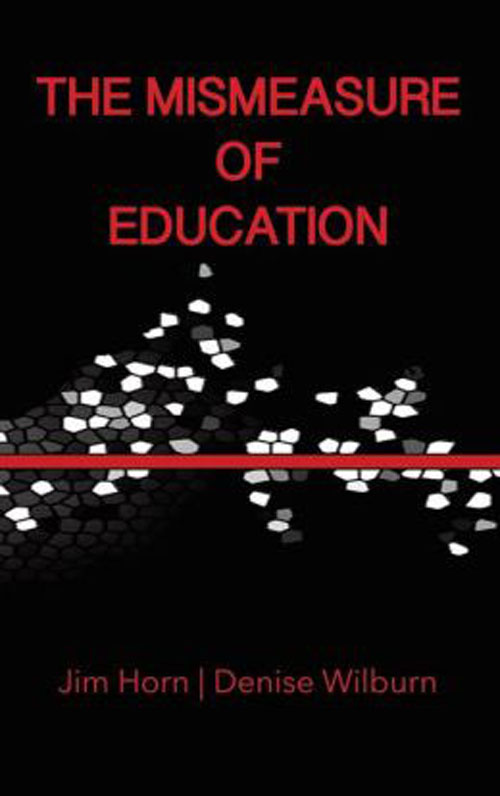Value Added Modeling Goes to Court

With numerous court cases filed to challenge the fairness, reliability, and/orvalidity of the various mis-applications of value-added modeling (VAM) to reward and punish teachers, it is appropriate to consider the huge body of evidence that may be shaped to drive a stake through the heart of the monstrous chimera that the tobacco-chewing Bill Sanders conjured just over 30 years ago from his ag desk at the University of Tennessee. The following excerpt from The Mismeasure of Education considers the reliability issue, alone. The other elements of the VAM critique comprise the remainder of Part 3 of the book.
. . . . In 1983, William Sanders was a station statistician at the UT Agricultural Campus and an adjunct professor in UT’s College of Business. Based on his own experimentation with modeling the growth of farm animals and crops, Sanders proposed a hypothetical and reductive question: Can student achievement growth data be used to determine teacher effectiveness? He then built a statistical model, ran the data of 6,890 Knox County students through his model and answered his own question with an unequivocal affirmative. Proceeding from this single study, Sanders’ claims went beyond the customary correlational relationship between or among variables that statisticians find as patterns or trends in data. He pronounced that teachers not only contributed to the rate of student growth, but that teacher effectiveness was in fact the most important variable in the rate of student growth:
If the purpose of educational evaluation is to improve the educational process, and if such improvement is characterized by improved academic growth of students, then the inclusion of measures of the effectiveness of schools, schools systems, and teachers in facilitating such growth is essential if the purpose is to be realized. Of these three, determining the effectiveness of individual Schools Matter: Value Added Modeling Goes to Court:
